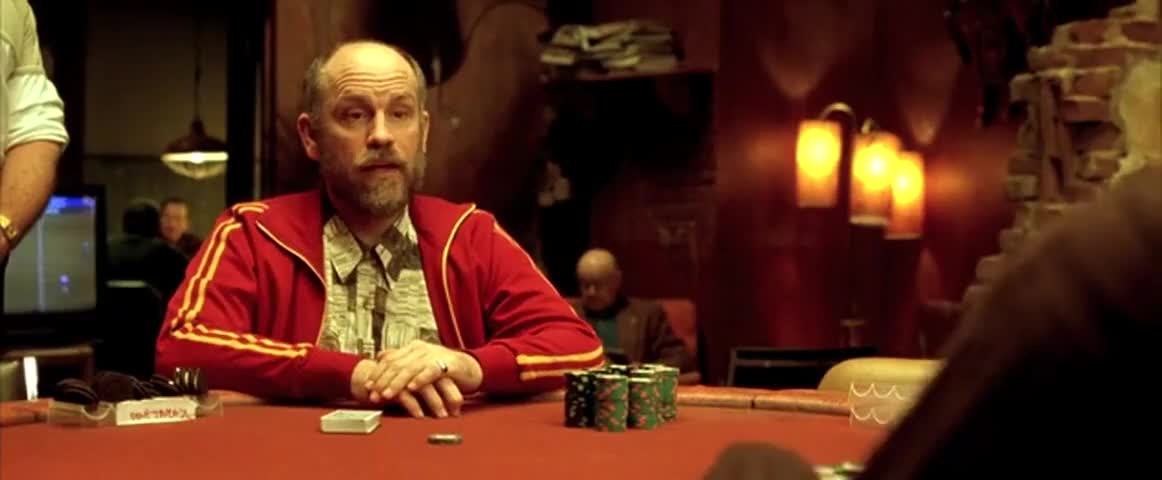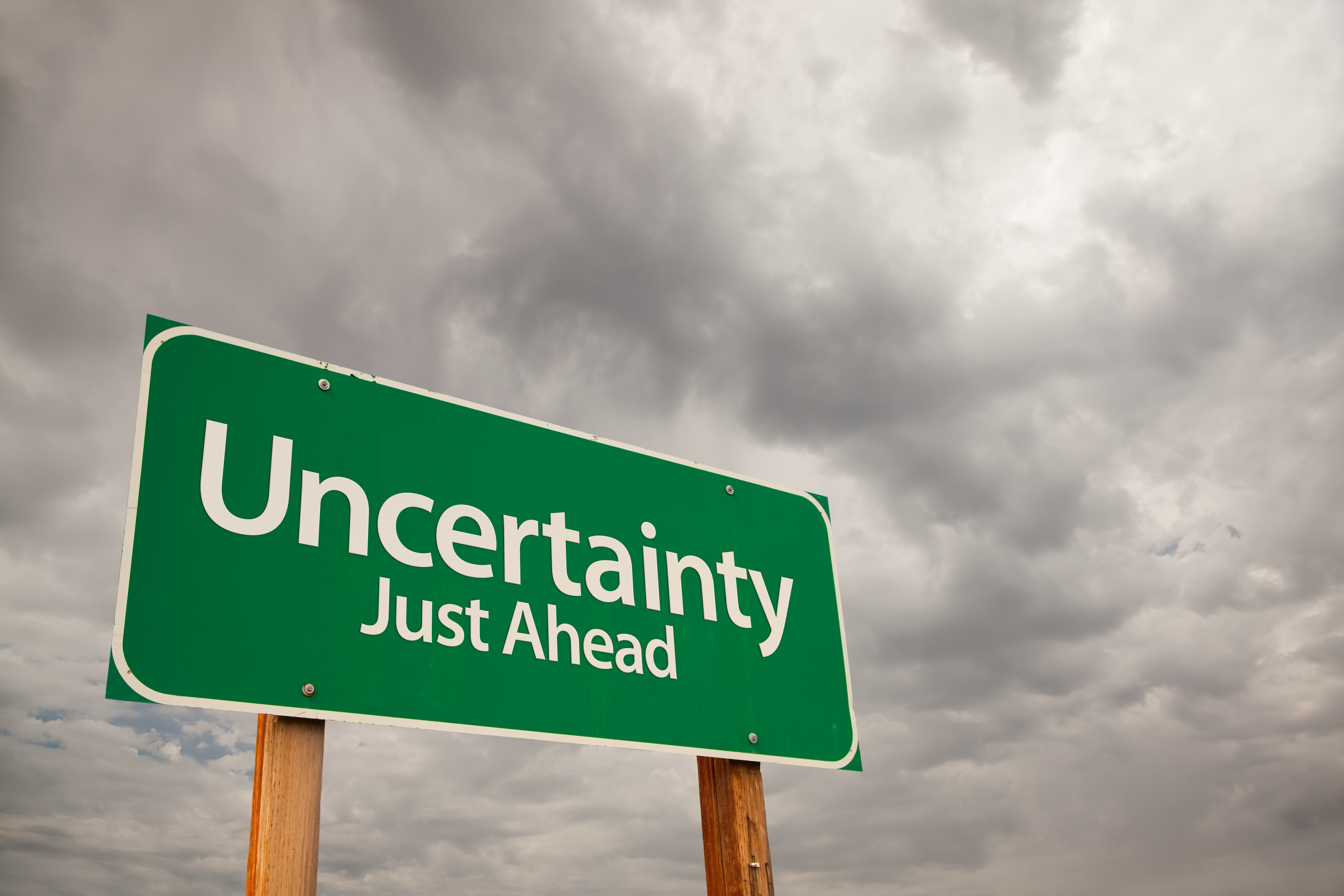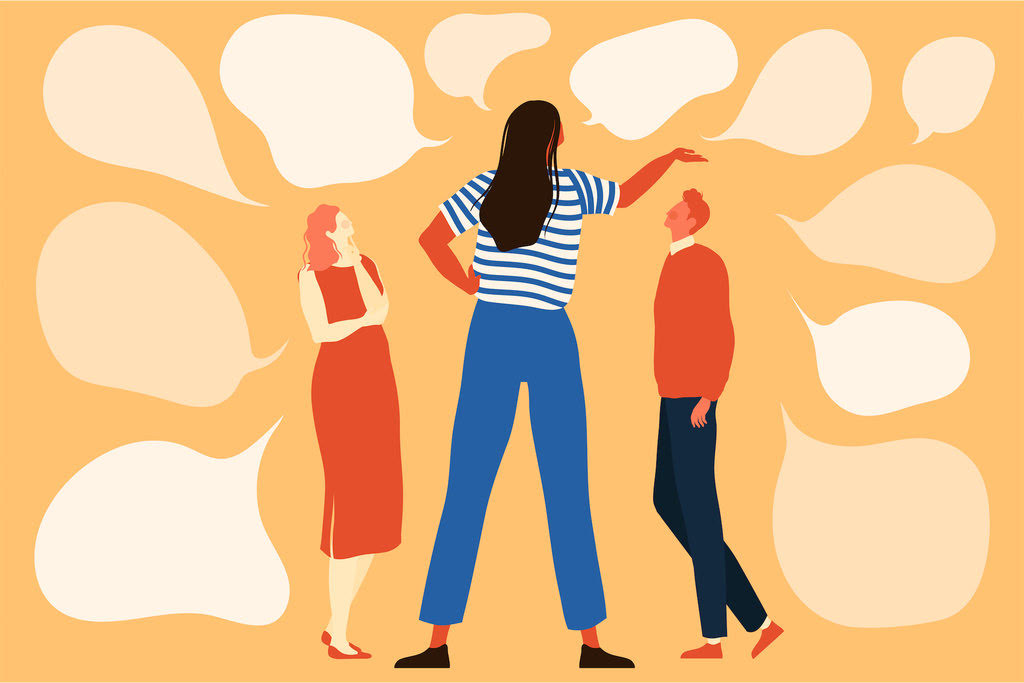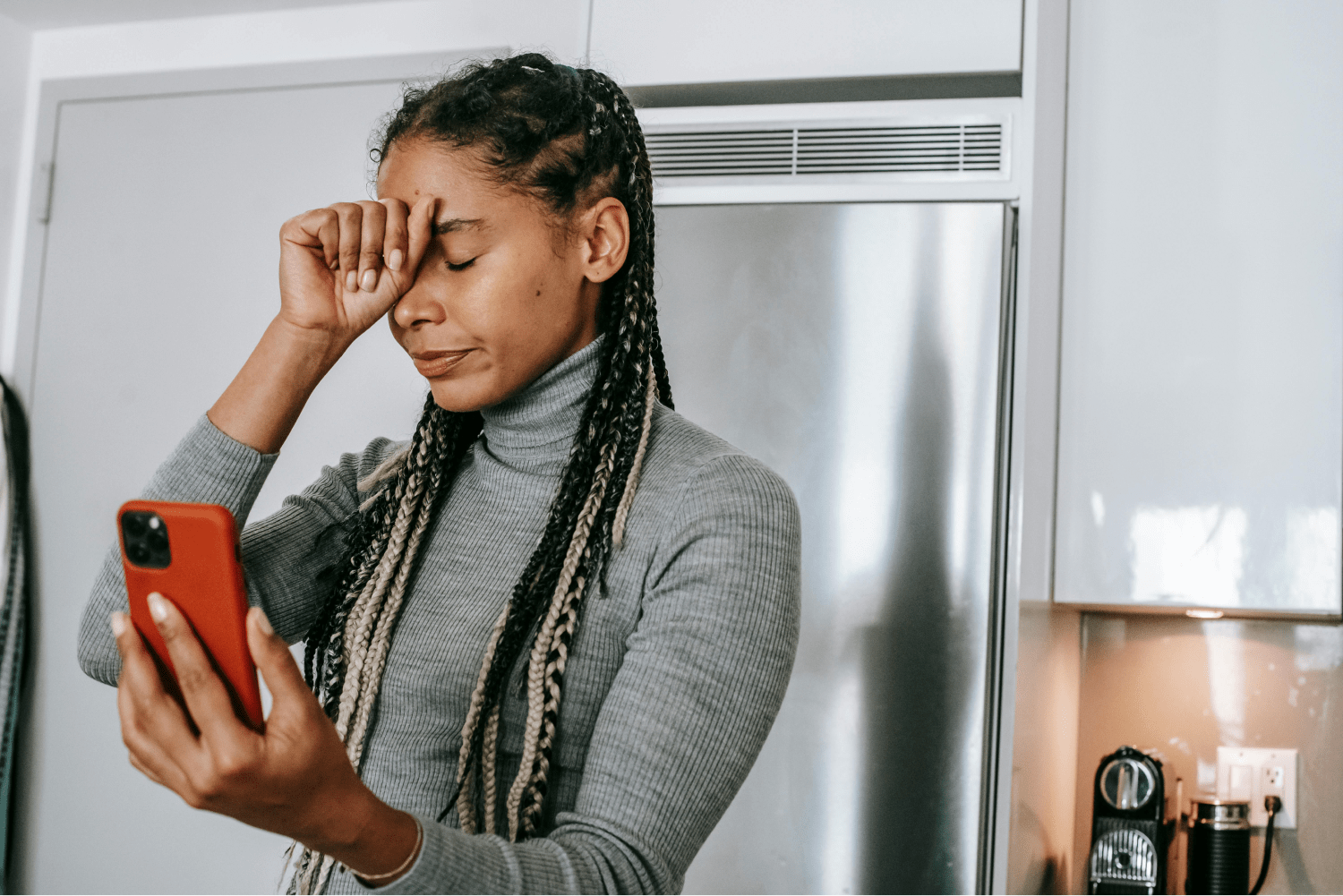Learning to hide
One of the most common social anxiety concerns is the fear that one will appear anxious to others: being anxious about your social anxiety itself! Of course, it’s not just that some sign of one’s anxiety will be visible, but that it will be followed by some form of negative evaluation or judgment that can greatly exacerbate the distress experienced in a social situation.
Naturally, in response to this perceived threat of social judgment or rejection, one might start to develop a habit of trying to hide or conceal any sign of their anxiety being visible to others. For example, if you are worried about others being able to see that your hands are shaking, you might try to grip tightly to the cup or notebook you are holding. Or, if you are worried about your voice or facial expression betraying an anxious mood, you might inhibit or restrict your interactions or eye contact with others.
Ultimately, what often develops is a pattern of focusing on, and being preoccupied with, monitoring any sign of anxiety that might be present and trying to conceal it as a means of avoiding some dreaded social outcome. In fact, studies demonstrate that individuals with high levels of social anxiety often over-estimate the degree to which others can observe symptoms of anxiety, as well as how critical others will be of these symptoms. Is trying to conceal signs of anxiety always a maladaptive response? And where might this behavior have served a function in our past?

Socially anxious ancestors?
From the standpoint of evolution, there is some evidence that self-monitoring and concealment of anxious signals might serve as a mechanism developed to advance social goals and the likelihood of advancement or dominance within a group. For example, chimpanzees have been observed concealing social signals of anxiety, such as covering their face, when approaching a more dominant member of the group. If such signals of fear were to be observed, it might jeopardize the chimpanzees claim for social status.
Translating this back to humans, there well may be certain situations in which it is more adaptive to not display signals of an underlying nervousness. The old adage of a “poker face” during a game where others are scrutinizing your non-verbal behavior would certainly apply, as would George VI performing a “King’s Speech” to inspire others during wartime.

When it comes to chronic social anxiety, it’s not that concealing signs of anxiety is necessarily maladaptive or pathological in and of itself. Rather, preoccupation with and self-monitoring of one’s anxiety during an interaction actually increases anxiety itself. Additionally, self-monitoring interferes with efforts at social connection and positive self-image.
Not only does trying to control and inhibit anxiety in this way tend to backfire and create more anxious thoughts and feelings; it will often exacerbate the physiological symptoms themselves. Trying to grip a cup of water ever tighter to prevent someone observing shakiness will likely lead to more shakiness compared to loosening and relaxing your grip over time. In situations such as these, hiding anxious signals and attempts to avoid their potential fallout becomes maladaptive.
In cognitive-behavioral therapy (CBT) for social anxiety, behavioral experiments will be designed and conducted in which we practice letting go of efforts at monitoring and concealing one’s anxiety, and instead get mentally absorbed in the conversation or activity in moment. In this way we test out whether the feared consequences indeed occur, or if whether our anxious thoughts and underlying beliefs need to be adjusted to match the real-world evidence we are gathering through CBT experiments.
Testing the waters
Knowing that a pattern of focusing on and trying to conceal signs of social anxiety only exacerbates the anxiety, designing behavioral experiments as part of CBT has shown to be an effective strategy to break this vicious cycle of anxiety about appearing anxious.
One easy way to do this is to think in terms of an “if…then” statement of what might happen if you changed this behavior. For example, “If I loosen my grip on the cup I’m holding when anxious, then my hand shaking will be visible to others at the table and they will think something is wrong with me.” Or, “If I look others in the eye, then they will see how nervous I am and think I’m weak.” Next, we need to set a specific goal to try to not focus on or conceal the anxious symptom, and instead focus on the conversation or activity in the moment. In this way you will be able to truly test out if a) your anxiety was even noticeably observed by others, b) if the feared consequence or judgment occurred, and c) if you were in fact able to cope effectively with the situation regardless.

As you summon the courage to follow through with your experiments, it’s important to remember to think of them as just that: experiments which you need to conduct repeatedly in order to gather a significant amount of evidence which you will eventually draw conclusions from. Over time, continue to create additional learning opportunities to test out if and how bad it will be if you don’t try to control or hide signs of anxiety, and instead practice mindfully shifting your focus steadily away from how you think you are coming across, and refocus on the person, conversation or activity in front of you. This will allow your fear and catastrophizing of anxiety being observed and judged to diminish. You can always reserve the strategy of concealment for the next high stakes poker game!
Written by,
Robert Yeilding, Psy.D.
NSAC – Bixby Knolls – Long Beach, CA
REFERENCES:
Gilbert, Paul. Evolution and social anxiety: The role of attraction, social competition, and social hierarchies. December 2001Psychiatric Clinics of North America 24(4):723-51











